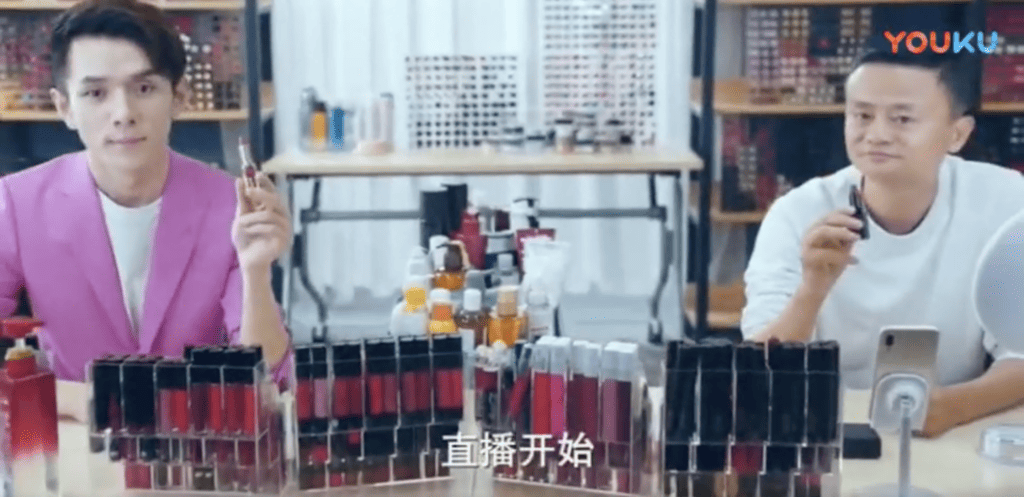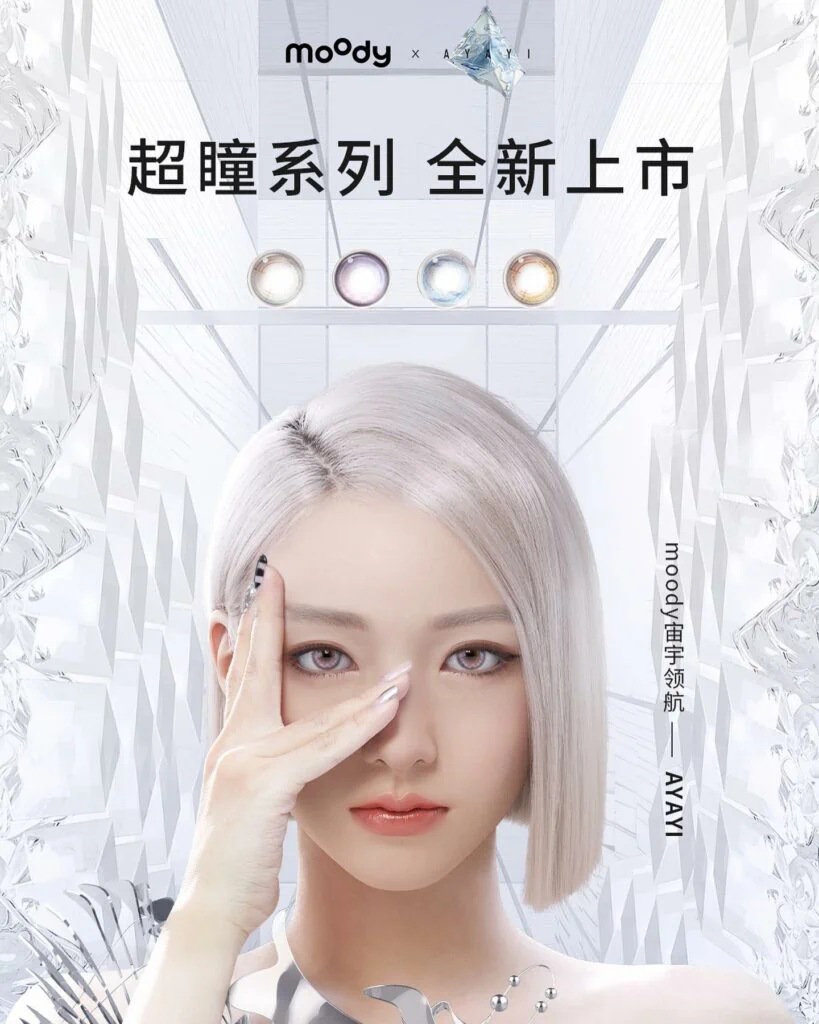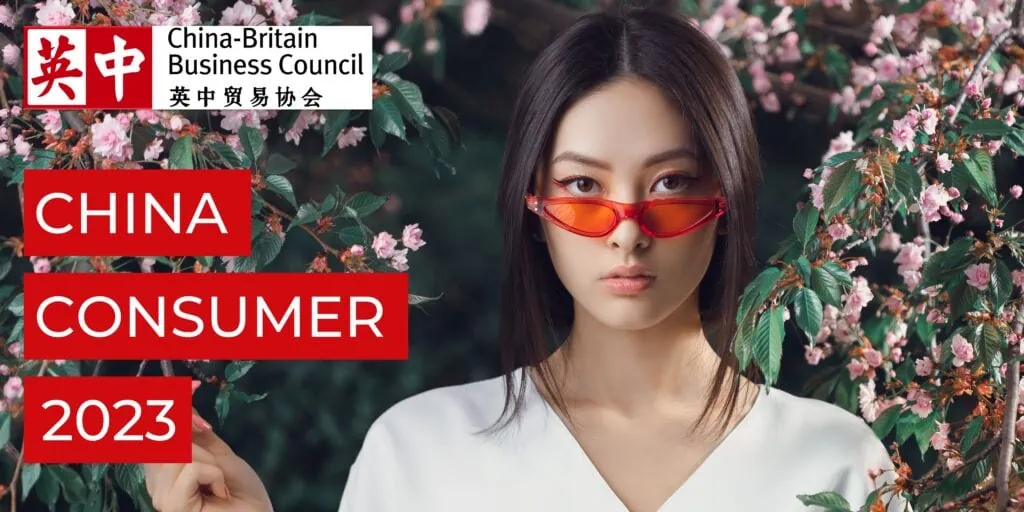China’s most successful influencers – and their route to the top – all have something to tell us about China’s e-commerce ecosystem, writes Robynne Tindall
China is a global leader in influencer marketing, with the market for key opinion leaders (KOLs) – the more common term for influencers in the Chinese context – reaching RMB 340 billion (£41 billion) in 2021. The Covid-19 pandemic has significantly increased the amount of time people spend online, and KOLs have become a crucial part of successful marketing in China, with Chinese consumers ranking the opinions of influencers such as live streamers almost as highly as recommendations from family and friends when it comes to making purchasing decisions.

Li Jiaqi competing with Alibaba’s Jack Ma to sell the most lipsticks during a live stream (captured from Youku)
Austin (Jiaqi) Li: Big isn’t always better
Taobao Live followers: 73.4 million
Known by the moniker “the lipstick king” after selling more than 15,000 lipsticks in five minutes on Taobao Live, Austin Li is one of the most prominent faces of China’s live commerce revolution. The former shop assistant first gained fame for his marathon live streams, where he would apply hundreds of different lipsticks, and he soon became Taobao Live’s most lucrative seller, playing a key role in the rise of shopping festivals like Singles’ Day and 618. In 2021, Li was one of the few Chinese people to be included on the Time 100 Next list.
The charismatic star’s selling power has attracted many of the world’s biggest brands, including NARS, Hilton, and Coach. However, the success of major streamers like Li has drawn increased scrutiny from the authorities and led to several uncomfortable scandals.
Li became a cautionary tale in early June 2022 when one of his live streams abruptly went off the air after he presented an ice cream cake resembling a tank the day before the anniversary of the Tiananmen Square protests (although his team blamed the outage on technical issues). Li was nowhere to be found on social media for several months, before making a triumphant comeback in the run-up to Singles’ Day 2022, with his first stream clocking up over 50 million viewers.
His successful return put paid to speculation that the era of the live streaming megastar was over; however, his absence served as a reminder that hitching your brand’s bandwagon to an internet celebrity can leave you open to being tainted by association if a scandal ensues. Moreover, while working with a superstar like Li can help raise demand for hero SKUs for brands with an established presence, it is unlikely to be an accessible strategy for brands that are still building awareness, which may be better served working with smaller KOLs on platforms like Xiaohongshu.

A Kuaishou video from Dandan advertising a live stream for the 618 shopping festival
Dandan: The importance of multi-platform coverage
Kuaishou followers: 86.3 million
China’s e-commerce ecosystem – traditionally dominated by Tmall and JD.com – is becoming increasingly fragmented, with social commerce platforms like Douyin, Xiaohongshu and Kuaishou representing an ever-growing proportion of total sales. Short video platforms, in particular, are seeing massive growth, with China Skinny reporting that Douyin and Kuaishou’s combined sales in Q1 of 2023 made up 97% of the value of all sales on Tmall, with fashion and personal care and cosmetics demonstrating particularly high merchandise values.
Kuaishou KOLs like Dandan may not attract as many column inches in the West as superstars like Li, but they have immense selling power. Trendy, fast-talking Dandan reportedly generated a staggering 17.8 billion units of gross merchandise volume in 2022, becoming Kuaishou’s top seller.
Unlike many KOLs, who tend to focus on one product category, Dandan and other top sellers on Kuaishou hawk a wide variety of items, from litre bottles of soy sauce to mid-range cosmetics brands. This appeals to Kuaishou’s user base, who tend to be located in 3rd or 4th tier cities and are looking for discount prices as much as branded products. As a result, Kuaishou KOLs can be a useful tool for testing the waters outside of big cities like Beijing and Shanghai, and often have lower fees.

Ayayi in a campaign for a contact lens brand (Photo:@ayayi.iiiii/Instagram)
Ayayi: Is it better to go virtual?
Real-world KOLs are facing increasing competition from an unlikely source: virtual influencers. “A virtual influencer is a computer-generated fictional character who has the realistic characteristics and personality of a human. They can be used for a variety of marketing-related activities and are becoming a real force in the influencer marketing industry,” explains Arnold Ma, CEO of digital creative agency Qumin.
One of China’s best-known existing virtual influencers is the so-called ‘meta-human’ Ayayi, created by Ranmai Technology in May 2021. Hoping to capitalise on the virtual idol, whose debut on Xiaohongshu attracted more than two million views and garnered over 95,000 likes, Alibaba ‘hired’ Ayayi as a digital manager for Tmall Super Brand, where she curated campaigns and even created NFTs.
Virtual influencers tap into the desire for novelty among Gen Z Chinese consumers, as well as their willingness for the latest tech to be integrated into their day-to-day lives. Using a virtual influencer can show that a brand is forward thinking.
From a business perspective, virtual influencers could be less risky than traditional influencers, especially in the wake of scandals like the one that embroiled Li Jiaqi in 2022. “Virtual influencers … reduce the risks of general agency operation issues and PR crises for IP owners and brands,” says Robin Liu, co-founder of Influencer Hub International. So while they may not be able to build ‘authentic’ or ‘emotional’ relationships, they can be effectively programmed to fit in with a brand’s aesthetic or values without the risk of dealing with a chaotic celebrity personality.
The CBBC view
Working with KOLs should be a key part of any consumer brand’s marketing strategy in China. Still, with potentially huge amounts of money at stake, it is worth considering whether engaging a major KOL is the right approach.
Many brands are increasingly finding success working with mid-size KOLs or micro-influencers (content creators with a small but highly-engaged following in a niche segment, sometimes referred to as Key Opinion Consumers (KOCs) in the Chinese context, especially if they are new to the market.
Brands should also consider cultivating owned channels on platforms such as Douyin rather than relying entirely on third-party creators. This removes the risk of becoming embroiled in a scandal if controversy arises around a popular KOL while also giving the spotlight to the people who know the most about your brand. When tied together with product seeding via more-established KOLs, this creates a more well-rounded, sustainable brand strategy.
China Consumer 2023
This article was produced as part of a series for China Consumer 2023.
Learn more about CBBC’s flagship consumer event of 2023 here.





